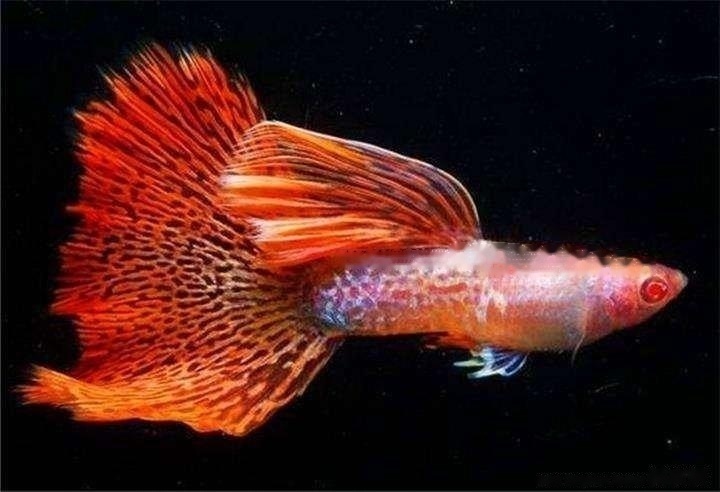
Peacock fish is not only a beautiful ornamental fish, but also a fish with strong adaptability. So how do you feed it? The pet editor has compiled some feeding tips, so that everyone can raise beautiful and healthy guppies.
1. Equipment requirements for raising guppy
1. Guppy fish tank
It is a must for raising any fish, which is beyond doubt. Generally speaking, In addition to the aquatic plant tank-based design that may use special-sized fish tanks, players who usually aim to breed guppies almost have a large number of tanks. The more common ones are probably one-foot, one-foot-two, One foot three, one foot and a half, and two feet are more commonly used.
2. Filtration system
The filtration system is more important in the artificial breeding environment, because the fish tank is a very closed environment, and the fish excrement is always in the water Accumulation, if there is no way to eliminate these wastes, for a long time, the peacock will not grow beautiful, and even reduce the resistance to disease.
3. The choice of lamps
The guppies in the dark are less likely to accept the bait, and the color of the guppies will be dull, but in the case of light, they will Increase the speed of grabbing food, reduce the chance of excessive bait polluting the water quality, and the color of the guppies will be brighter. And in the case of sufficient light, it is also more convenient to observe whether the peacock is infected with diseases, and about when to prepare for the daily routine work such as the delivery of small fish.
4. Temperature control system
Too high temperature can easily cause the guppy to have too fast metabolism, and too fast metabolism can cause the calcium loss in the body to be accelerated. When the water temperature decreases, the growth rate of peacocks slows down, which can control the growth rate of guppies, and will not run out of life prematurely due to long-term heating. There are some sequelae of keeping guppies living at a constant temperature, such as being very sensitive to changes in water temperature.
5. Requirements for bottom sand
The bottom sand commonly used for raising peacocks should be regarded as silica sand commonly used in aquatic plants. In fact, the adaptability of guppies is very strong, usually only neutral The bottom sand is no problem.
2. Water quality requirements for guppies
1. Water temperature
The acceptable water temperature for guppies ranges from 18°C to 34°C, if it is lower than 18°C Some conditions are more likely to occur, such as: loss of appetite, mental atrophy, and easy infection of water mold and other diseases. When the temperature is higher than 30 ℃, the metabolism of guppies is too fast, resulting in a large loss of calcium in the body. Therefore, it is up to the individual to decide whether to use a heater.
2. PH value
The most suitable PH value for guppies is between PH6.5 and PH7.5, and the acid A value in the water has a considerable impact on guppies. , the acid A value is logarithmic, so the water of PH5 is ten times of PH6 and 100 times of PH7, so it is only a small 1 gap for human beings, and it may be tortured for guppies. dying.
3. Hardness
Guppies like hard water, and the hardness should be about 10-15 degrees. Even so, I think the hardness of water will not be too hard for guppies. Take two countries with a considerable history of raising peacocks: Germany and Japan as examples, the water in Germany is hard water, while the water quality in Japan is soft water, and these two completely different conditions can make peacocks. Well-raised, visible peacocks are highly adaptable.
4. Nitrous acid concentration
The level of nitrous acid concentration also has a considerable impact on the survival of guppies, although peacocks are far more adaptable to nitrous acid concentrations than other fish species, However, once the nitrous acid concentration is too high, it is always a harm, especially the aquarium is a completely closed water body. If the number of fish is too large, if it is neglected, it is possible for the guppies to die collectively in a short period of time.
![[Dog Training 5] The training method of pet dog dining etiquette](/static/img/12192/12192_1.jpg)




